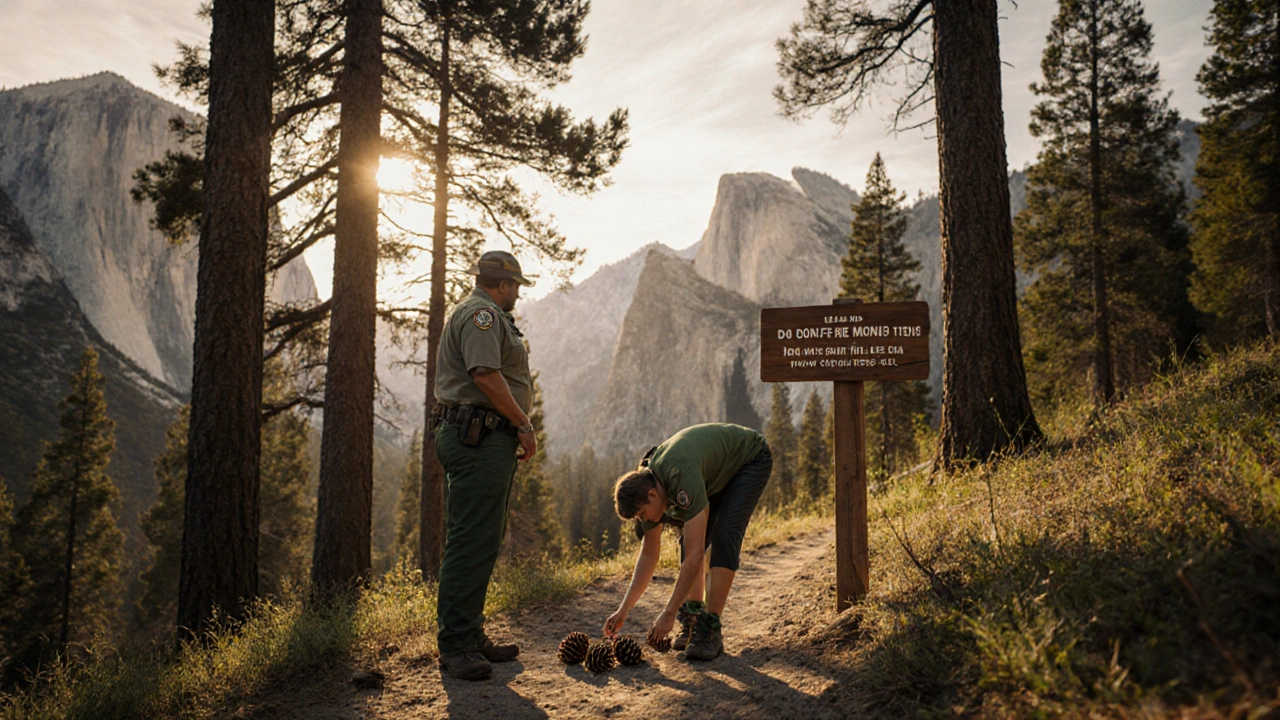Park Regulations
When you step onto a trail or set up camp, park regulations, the official rules that govern visitor behavior and protect natural resources. Also known as park rules, these guidelines are enforced by the National Park Service, the federal agency responsible for managing America’s national parks. They work hand‑in‑hand with local conservation policies, strategies aimed at preserving wildlife, habitats, and ecosystems. Understanding the visitor guidelines, practical advice on trail etiquette, permit needs, and safety measures lets you enjoy the outdoors without breaking the rules.
Park regulations come in many flavors, each designed to address a specific risk or goal. For example, permit requirements (an attribute of park regulations) ensure that high‑traffic areas don’t get overwhelmed; the value is a controlled number of visitors per day. Fire bans—another attribute—protect forests during dry seasons, with the value being a complete prohibition on open flames. Trail closures preserve fragile ecosystems, and the value is a temporary restriction on access. These entities form a clear triple: Park regulations encompass permit requirements. Likewise, Park regulations require visitor compliance, and Conservation policies influence park regulations. By treating each rule as an entity with attributes and values, you can quickly decide what you need to bring, where you can go, and how to stay safe.
The articles below touch on everything from cost breakdowns for iconic lodges to seasonal advice for camping in Yosemite, all filtered through the lens of park rules. You’ll find practical tips for securing reservations, staying within fire‑danger limits, and navigating permit systems without hassle. Whether you’re planning a helicopter tour over the Grand Canyon or a backcountry hike in Yellowstone, the following posts give you the rule‑focused context you need to make informed choices and enjoy your adventure responsibly.
